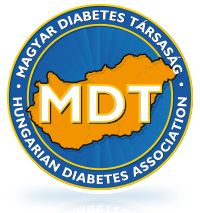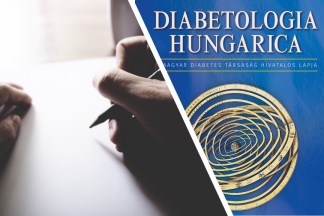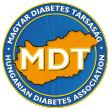| | MDT APPTöltse le ingyenes mobil alkalmazásunkat! | Letöltés | |
| | |||

www.diabet.hu/telemedicina
Pácienseknek szóló tartalmak a TELEMEDICINA oldalrendszerén! Az Emberi Erőforrások Minisztériuma által kiírt és a Cukorbeteg Gyermekekért Alapítvány által elnyert pályázati támogatás, valamint az MDT Digitális Diabetes Munkacsoportjának és az MDT Gyermekdiabetes Szekciójának aktív közreműködésével újabb tartalmakkal bővült a társaság TELEMEDICINA oldalrendszere.
- TÁRSASÁGUNK (MDT)
- MUNKACSOPORTOK
- SZAKMAI FELÜLET
- TUDOMÁNY ÉS JOGSZABÁLY
- RENDEZVÉNYEK




























 PÁLYÁZATOK
PÁLYÁZATOK 

